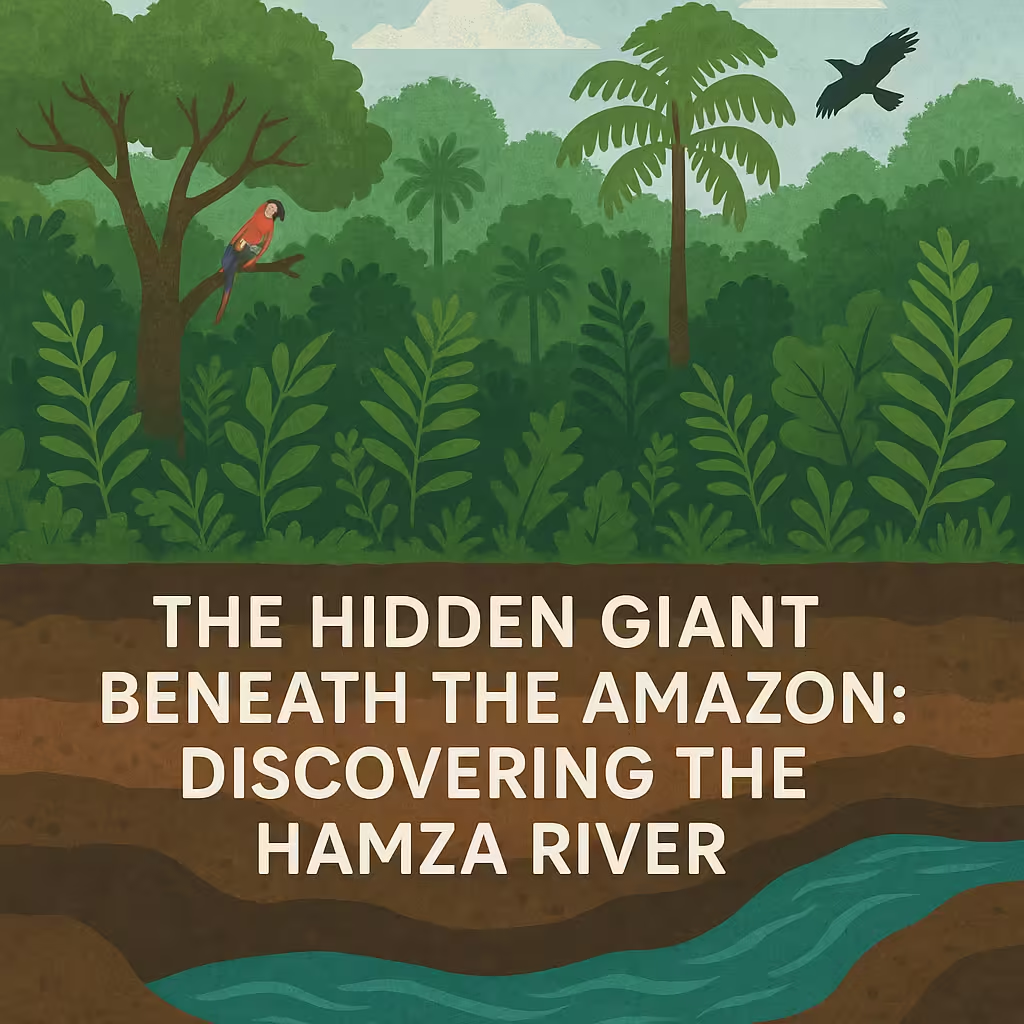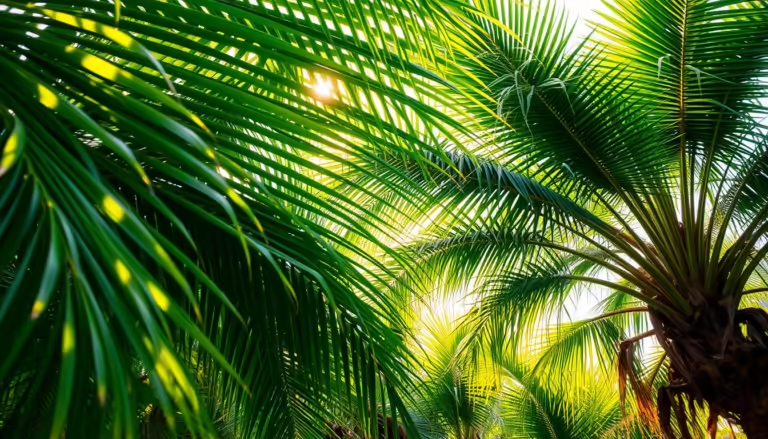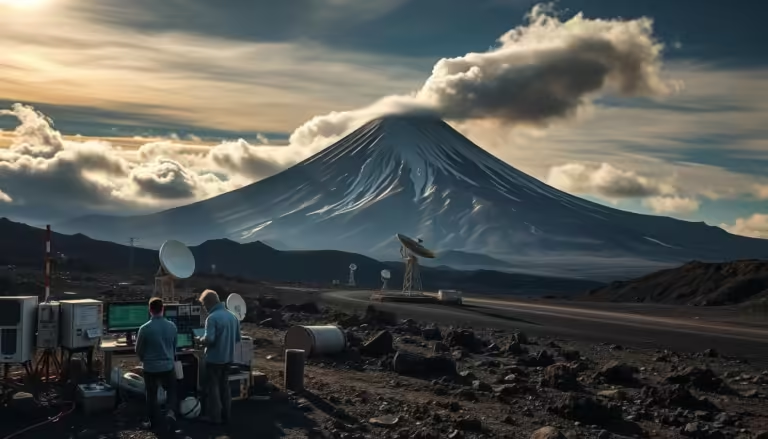
The Hidden Giant Beneath the Amazon: Discovering the Hamza River
When we think of mighty rivers shaping the landscape and nurturing ecosystems, the Amazon River usually takes center stage. But in 2011, scientists made a stunning discovery—beneath this iconic waterway lies another colossal river, one that doesn’t roar across the surface but instead flows silently, deep underground. Meet the Hamza River, one of Earth’s best-kept secrets.
A River Without Ripples
Unlike surface rivers, the Hamza doesn’t cut through valleys or gather rainwater into visible channels. Instead, it moves slowly—about a few millimeters to centimeters per hour—through porous rock and sediment nearly 4 kilometers (over 13,000 feet) beneath the surface of the Amazon Basin. Though sluggish, this underground river stretches over 6,000 kilometers (roughly the same length as the Amazon River above it), making it one of the longest subterranean watercourses on Earth.
Discovered by a team of Brazilian scientists led by Valiya Hamza (for whom the river is named), the Hamza River was identified through deep borehole data collected by the Brazilian oil company Petrobras. Temperature and pressure variations in these boreholes hinted at a vast, flowing body of water hidden far below the Amazon jungle.
A Vital Part of the Amazon Ecosystem
Though hidden from sight, the Hamza River may play a crucial role in regulating the Amazon’s vast and complex ecosystem. By helping to maintain groundwater levels and supporting the hydrological balance of the region, the Hamza potentially influences the flow and health of the Amazon River itself.
There’s also growing speculation among scientists that this subterranean giant may impact weather patterns across South America. By slowly releasing water into the soil and interacting with other underground reservoirs, the Hamza could contribute to regional humidity levels and even affect rainfall patterns thousands of miles away.
A Frontier of Life and Discovery
One of the most exciting possibilities about the Hamza River lies in what we haven’t yet seen. As a largely unexplored underground world, it may host unique subterranean ecosystems—microbes and extremophiles adapted to total darkness, high pressure, and mineral-rich waters. These lifeforms, if found, could help us better understand Earth’s biodiversity and perhaps offer insights into how life might exist on other planets.
Still So Much to Learn
The discovery of the Hamza River reminds us that even in the age of satellites and deep-space exploration, our planet still holds secrets buried beneath our feet. From vast underground rivers to hidden caves and unexplored oceans, Earth is full of unseen marvels waiting to be uncovered.
As scientists continue to investigate the Hamza and its potential effects on climate, ecology, and biology, one thing becomes clear: the Amazon isn’t just a wonder of the surface world—its mysteries run deep.



